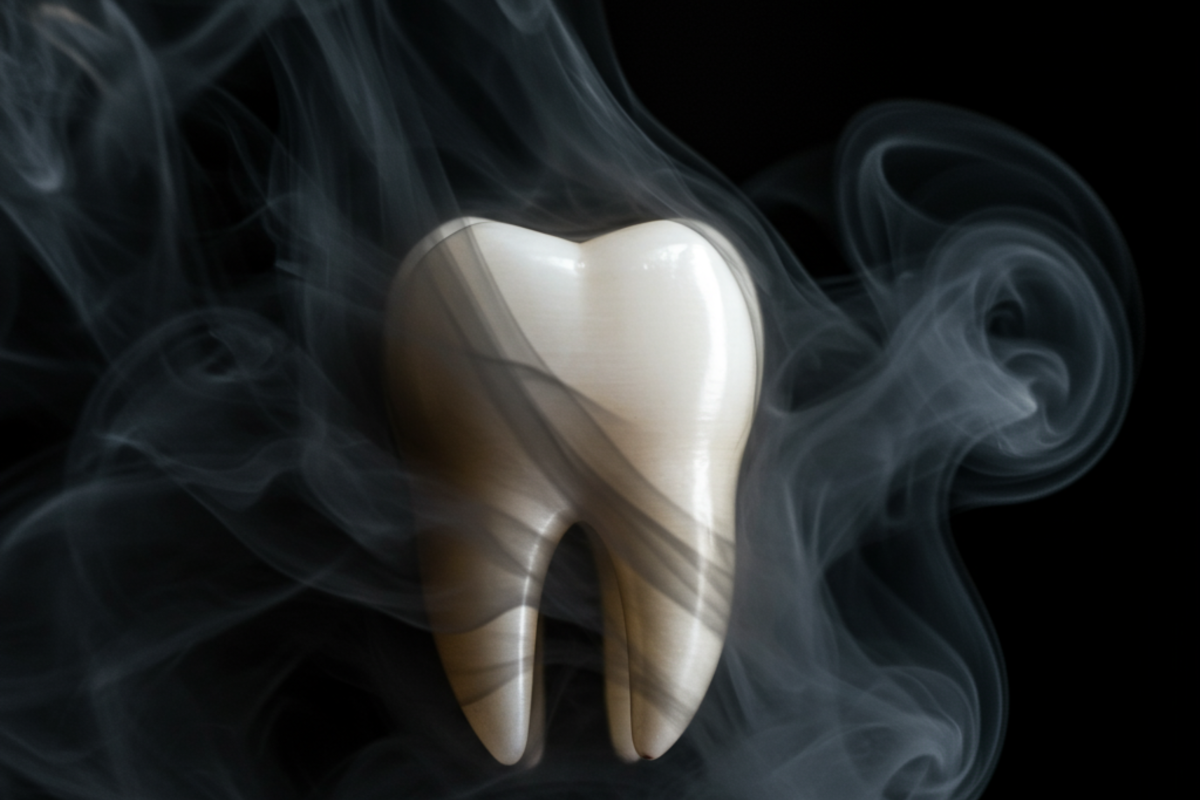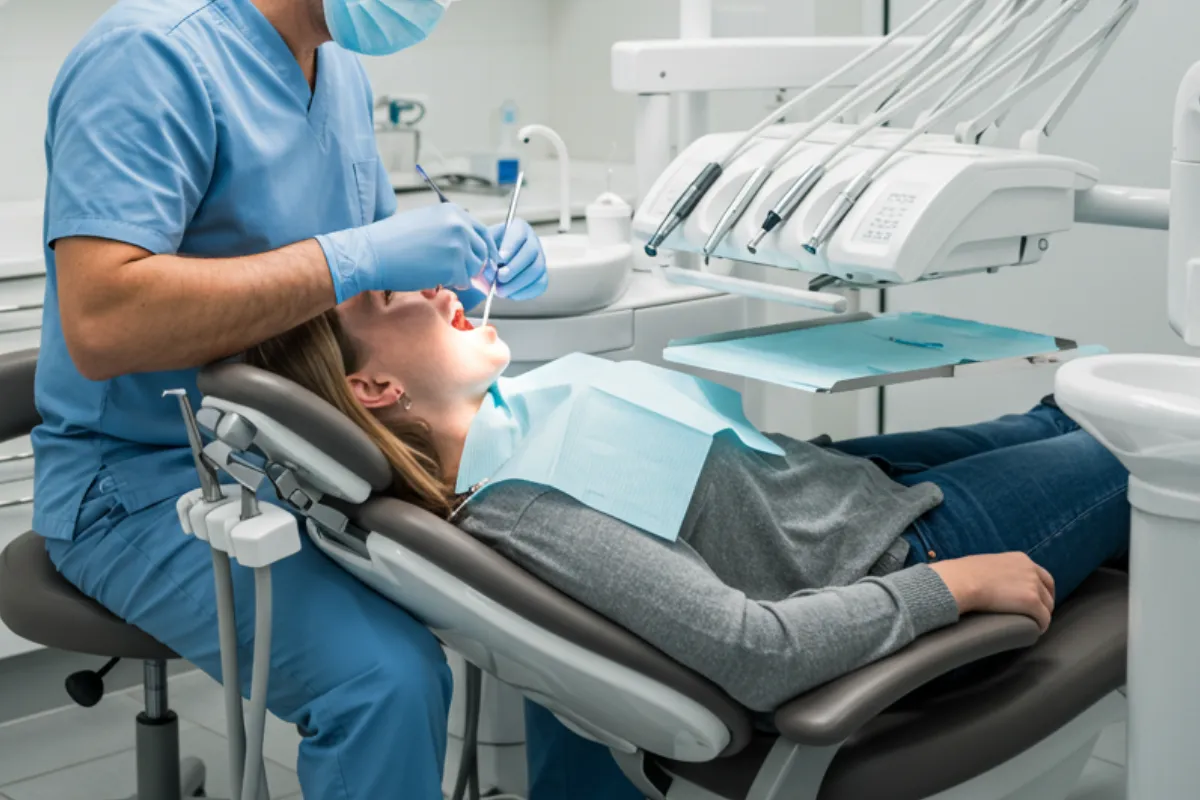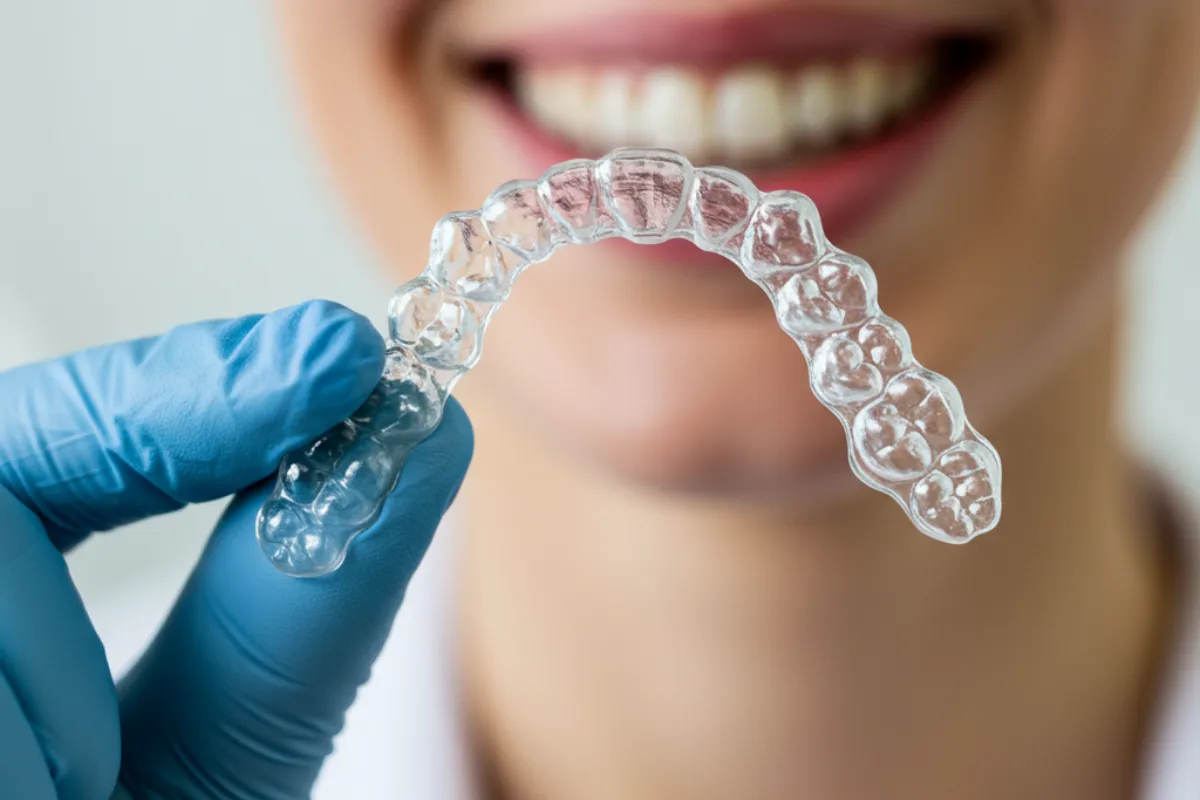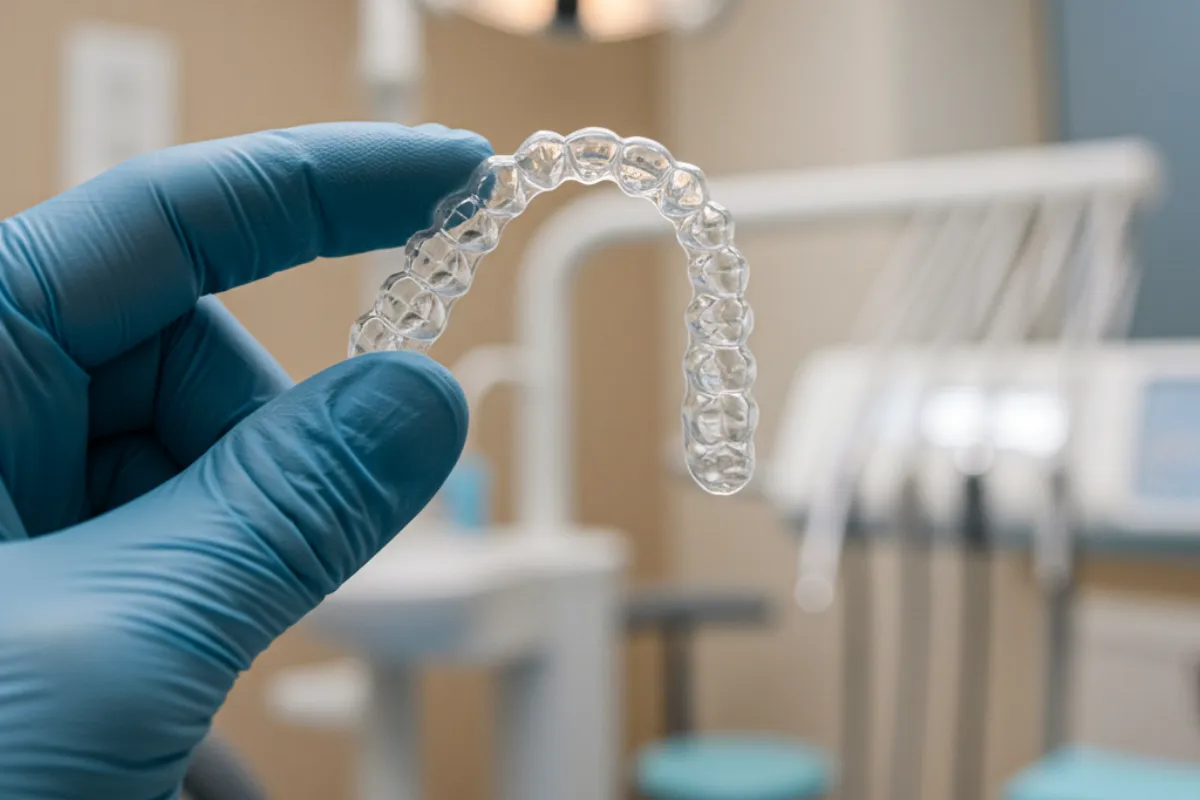How Smoking Affects Oral Health: Risks for All Ages Explained

Understanding the Far-Reaching Effects of Smoking on Your Mouth
Most people associate smoking with lung cancer and respiratory issues, but the truth is, tobacco use impacts every organ system—including your mouth. From the moment smoke enters your oral cavity, it begins to wreak havoc on delicate tissues, setting off a cascade of problems. The toxic chemicals in cigarette smoke damage the soft tissues of the gums, stain teeth, and even interfere with the healing processes essential for maintaining oral health.
For adults, this often translates into persistent bad breath, yellowing or browning of teeth, and a noticeable decline in gum health. Children exposed to secondhand smoke may also experience compromised oral development and an increased risk of cavities. Over time, smoking contributes to the breakdown of gum tissue, weakens the structures supporting teeth, and can lead to tooth loss.
It’s important to understand that these effects are not limited to heavy smokers; even occasional tobacco use can have significant repercussions for dental health. The mouth is often the first place where early warning signs of tobacco-related diseases appear, making regular dental check-ups critical for anyone who smokes—or is exposed to smoke at home. With such a broad spectrum of harm, maintaining a smoke-free environment is one of the most powerful steps you can take to protect your oral health.
Tobacco Use and the Increased Risk of Oral Cancer
Tobacco use is the leading risk factor for developing oral cancer—a serious disease that can affect the lips, tongue, cheeks, and throat. In fact, studies reveal that around 80% of individuals diagnosed with oral cancer are current or former tobacco users, whether they smoke or chew tobacco. This stark statistic underscores just how closely linked tobacco is to cancers of the mouth.
Oral cancer often begins silently, with symptoms that can be easy to overlook. Unusual white or red patches in the mouth, persistent sores or ulcers that do not heal, numbness, swelling, and even a sensation of something being stuck in the throat are all possible warning signs. Difficulty chewing, swallowing, or speaking may also occur as the disease progresses. Because these symptoms can mimic less serious conditions, regular dental visits are essential—dentists are trained to spot the subtle early changes that could indicate oral cancer.
Early detection is critical. The sooner oral cancer is identified and treated, the better the chances for successful recovery and minimizing the need for extensive restorative dentistry or oral surgery. If you notice any of these warning signs, it’s important to schedule a dental examination promptly. Your dentist is not just focused on teeth whitening or routine cleanings—they are your first line of defense against serious conditions like oral cancer.
Spotlight on Smoker’s Keratosis: White Patches and Their Risks
Smoker’s keratosis, also known as stomatitis nicotina, is a condition characterized by the appearance of unusual white patches on the roof of the mouth. These patches are often painless and may go unnoticed by those who have them. However, their presence is a signal that the delicate tissues in the oral cavity are reacting to the constant irritation and heat caused by smoking.
The white patches develop as the mucous glands in the palate become inflamed and enlarged in response to chronic exposure to tobacco smoke. While smoker’s keratosis itself does not usually cause pain or discomfort, it should not be ignored. In some cases, these lesions can be pre-cancerous, meaning they have the potential to develop into oral cancer over time if the underlying cause—smoking—is not addressed.
If you or a loved one notices any persistent white patches, especially if they change in appearance or size, it’s crucial to seek a dental evaluation. Dentists are trained to distinguish between benign and potentially dangerous oral lesions and can recommend further testing or biopsy if needed. Early intervention can prevent the progression to more serious conditions, making regular check-ups and open communication with your dental care provider essential for long-term oral health.
Gum Disease and Tooth Loss: Why Smokers Face Higher Risks
Gum disease is one of the most common yet serious oral health challenges faced by adults, and smoking is a major contributing factor. Research shows that smokers are twice as likely to develop gum disease compared to non-smokers, with up to 50% of adults over the age of 30 affected by some form of periodontal disease. The condition often starts as mild gum inflammation (gingivitis), but in smokers, it can quickly progress to more severe forms (periodontitis) that threaten the integrity of the supporting bone and tissues.
Nicotine and other chemicals in cigarettes reduce blood flow to the gums, impairing the body’s natural healing response and making infections harder to control. Smokers may not experience the typical symptoms of gum disease, such as bleeding gums, because nicotine constricts blood vessels and masks these warning signs. As a result, gum disease in smokers is often more advanced by the time it’s detected.
If left untreated, gum disease can result in extensive damage, including the destruction of gum tissue and the jawbone that anchors teeth. This leads to tooth loss and, in severe cases, can necessitate restorative dentistry procedures like dental implants or oral surgery. Even more concerning, bacteria from infected gums can enter the bloodstream and contribute to life-threatening health conditions such as heart disease and diabetes. Regular dental visits and diligent home care are vital for smokers to prevent and manage gum disease.
The Truth About Vaping: Is It Safer for Your Teeth and Gums?
With the rise in popularity of vaping, many people mistakenly believe it is a safer option compared to traditional smoking—especially for oral health. However, emerging research tells a different story. Vaping exposes the mouth to a host of toxic chemicals, including heavy metals, flavoring agents, and, most notably, nicotine. While the delivery system is different, the risks to oral tissues are very real.
Nicotine, whether inhaled from a cigarette or a vape pen, restricts blood flow to the gums. This reduction in circulation can lead to unhealthy, pale gum tissue, delayed healing, and an increased risk of gum recession and tissue death. Vaping also reduces saliva production, causing dry mouth—a condition that fosters the growth of cavity-causing bacteria and results in bad breath. Furthermore, some people who vape experience teeth grinding or clenching, which can wear down tooth enamel and contribute to sensitivity or even tooth fractures.
Although vaping may lack some of the combustion byproducts found in cigarettes, it is not free from harm. The long-term effects are still being studied, but current evidence suggests that vaping can cause significant dental problems and may even complicate treatments like teeth whitening, dental implants, or endodontics. For those seeking to protect their oral health, avoiding both smoking and vaping is the wisest choice.
Secondhand Smoke: Protecting Children and Loved Ones from Oral Health Risks
The dangers of tobacco don't end with the smoker. Secondhand smoke—the mixture of smoke exhaled by a smoker and smoke from the burning end of a cigarette—poses significant health risks to everyone nearby, especially children. Studies have shown that children exposed to secondhand smoke have a higher incidence of cavities, gum problems, and infections compared to those from smoke-free homes. Adults living with smokers are also more likely to develop oral health issues, even if they don’t use tobacco themselves.
For young children and infants, the risks are even greater. Exposure to secondhand smoke has been linked to the development of asthma, respiratory infections, and, tragically, a higher risk of sudden infant death syndrome (SIDS). Oral health professionals often see the impact of these exposures in the form of delayed tooth eruption, increased decay, and gum inflammation.
Protecting your family means more than just not smoking in the presence of children—it means making your home and car completely smoke-free. Pediatric dentistry experts emphasize that even brief or occasional exposure can have lasting effects. By eliminating secondhand smoke from your environment, you’re not only safeguarding your loved ones’ overall health but also ensuring a brighter, healthier future for their smiles.
Taking Action: The Life-Changing Benefits of Quitting Smoking
Quitting smoking is one of the most impactful decisions you can make for your oral and overall health. No matter how long you’ve been using tobacco or how heavily you’ve smoked, the benefits of quitting start almost immediately. Within days, blood flow to the gums improves, allowing oral tissues to begin repairing themselves. Over time, your risk for oral cancer, gum disease, and tooth loss drops significantly, and your immune system becomes better equipped to fight infections.
Even lifelong smokers can experience a dramatic improvement in their health outlook after quitting. For those who have never smoked, prevention is always the best approach—avoiding tobacco altogether is the most effective way to protect your mouth and body from its harmful effects. However, it’s important to remember that it’s never too late to make a positive change.
Taking the first step towards quitting may feel daunting, but the rewards are well worth the effort. Not only will your smile thank you, but you’ll also reduce the risk of needing extensive restorative dentistry or oral surgery down the line. By prioritizing a tobacco-free lifestyle, you set the stage for lasting oral health and inspire those around you to do the same.
Essential Dental Care Tips for Smokers and Their Families
If you are a smoker or live with someone who smokes, proactive dental care is essential. Start by seeking support—family, friends, counselors, and online resources can all play a role in helping you quit. Many dental professionals are trained to provide advice, encouragement, and even referrals to cessation programs tailored to your needs.
Regular dental exams are particularly important for smokers; your dentist can monitor for early signs of oral cancer, gum disease, and other tobacco-related problems. Depending on your risk profile, you may be advised to schedule check-ups more frequently than the standard twice-yearly visits. These appointments are also an opportunity to discuss restorative dentistry options, teeth whitening, or other treatments to address any damage already done.
At home, maintaining a diligent oral hygiene routine is crucial. Brush twice daily with fluoride toothpaste and floss at least once a day to remove plaque and bacteria. Incorporating an antibacterial mouthwash may provide additional protection, especially for those at higher risk of gum disease. Lastly, educate your family about the risks of tobacco use and secondhand smoke, emphasizing the importance of preventative dental care for everyone—children, teens, adults, and patients with special needs. Working together, you can create a healthier, brighter future for your family’s smiles.






